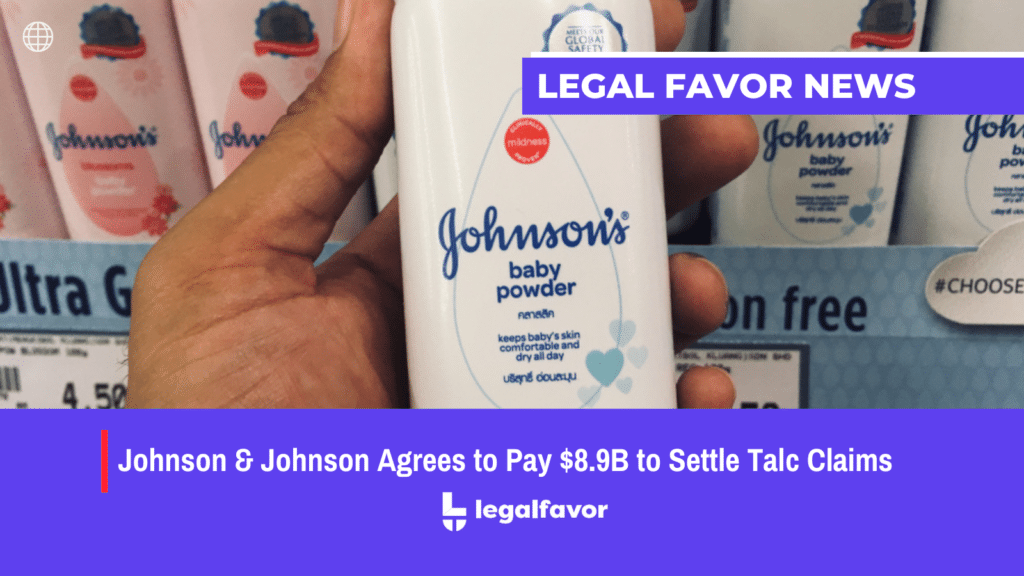Transvaginal mesh is a net-like device, used to treat stress urinary incontinence (SUI) and pelvic organ prolapse (POP). TVM is used by doctors to fortify a weakening vaginal wall or to support the urethra or bladder neck. However, the use of this medical aid is now under investigation, as more cases are coming to light regarding its safety. If you experienced any health complications from using TVM, you may be able to take part in the ongoing TVM lawsuit.
TVM Mesh To Treat Pelvic Organ Prolapse
This type of mesh is normally made of a plastic called polypropylene, although some TMV mesh devices may contain animal tissue. Surgical mesh, which was first used to repair abdominal hernias in the 1950s, has developed into transvaginal mesh devices. In the 1970s, surgeons began utilizing abdominal mesh to treat POP. Gynecologists began employing mesh in the 1990s for surgical treatment of SUI and transvaginal POP repair.³
With this condition, the muscles and tissues that support the pelvic organs (uterus, bladder, and rectum) weaken or relax, causing them to descend or push into or out of the vaginal canal. The most common sign of pelvic organ prolapse is a vaginal bulge, which can coexist with other diseases including urine leaks or bowel movement issues, making it difficult to live a normal life.
All of these problems lie under what’s termed “pelvic floor disorders,” an umbrella phrase to encompass problems that affect the ligaments, muscles, and tissues of the pelvis. Though 30 to 40% of women may have some degree of pelvic organ prolapse, only 3 to 8% of women report symptoms that may drive them to seek medical help.3

What Is Stress Urinary Incontinence?
Stress urinary incontinence (SUI), or stress incontinence, is a leakage of urine during moments of physical activity that increases abdominal pressure, such as coughing, sneezing, laughing, or exercise. SUI is the most common type of urinary incontinence in women.1
The most typical surgical therapy for SUI is a bladder sling or vaginal tape. Doctors prefer to install bladder slings transvaginally since it is less invasive and requires smaller incisions.
Transvaginal mesh is used by doctors to treat symptomatic pelvic organ prolapse and stress incontinence. Patients who are symptomatic have pain, discomfort, or other unpleasant symptoms.
Some people are asymptomatic and may not require therapy, while others may benefit from conservative approaches. When other options, such as surveillance, pelvic floor therapy, or pessaries, fail, doctors may suggest mesh surgery. But, while this treatment is common, it’s now being considered a significant health risk.

Is TVM Surgery Safe?
Well, the FDA’s (Food and Drug Administration) decision has left some women puzzled and anxious, according to Yale Medicine experts, especially since there are multiple types of surgery used to treat pelvic organ prolapse, and the FDA decision only impacts one of them – the transvaginal mesh procedure.2 In this TVM procedure, an incision is made in the vaginal wall, and a mesh is inserted to support the prolapsed (fallen) organs. The idea is for a woman’s tissue to grow into the mesh openings and form a supporting wall.
Although transvaginal mesh surgery is less invasive than other POP and SUI therapies, it comes with a higher risk of complications. From January 1, 2008, to December 31, 2010, the FDA received 2,874 complaints of injury, death, malfunctions, and other issues connected to transvaginal mesh.3
The FDA stated that by the FDA deadline, the producers of the devices utilized for this form of pelvic organ prolapse repair had not provided reasonable assurance of their safety or efficacy. Complications have been cited in lawsuits against the manufacturers, such as bleeding, pain, inflammation and infections, resulting in roughly $8 billion in settlements to 100,000 women.2
Surgical TVM A Danger
To understand more about the safety and effectiveness of employing surgical mesh for transvaginal repair of POP and SUI, the FDA undertook a systematic evaluation of scientific literature.
In its 2011 Update on the Safety and Effectiveness of Transvaginal Placement for Pelvic Organ Prolapse, the FDA stated that “(1) serious adverse events are NOT rare, contrary to what was stated in the 2008 [Patient Health Notification], and (2) transvaginally placed mesh in POP repair does NOT conclusively improve clinical outcomes over traditional non-mesh repair.” 3
According to Device Events CEO Madris Tomes Kindard, the agency had received 69,000 adverse event reports for POP mesh devices as of Jan. 31, 2019. There were 64,600 injuries reported in the reports, and 393 people died.3
Researchers have tried to figure out how frequently transvaginal mesh implants cause major issues, but the results have been mixed. According to a paper published in 2015 in BioMed Research International by Dimitri Barski and D.Y. Deng, a review of existing literature revealed that the risk of mesh-related problems is between 15% and 25%.2
Are TVM Procedures Still Happening?
Patients who claim the device caused them damage want all transvaginal mesh devices banned! The American Urogynecological Society and other professional organizations continue to support pelvic mesh as a therapy option.
“The use of mesh in the vaginal method has remained contentious, with some favoring it for its results and others fiercely opposing it because of these specific issues associated with mesh use.”
“Mesh is frequently used in my practice. Two of my coworkers in the same unit don’t believe in the usage of the mesh, thus they don’t use it vaginally.” 3
What Are The Symptoms of Transvaginal Mesh Complications?
Symptoms of transvaginal mesh problems might appear weeks or months after the procedure and can include:
- An infection that might be indicated by abnormal vaginal discharge and discomfort.
- Due to loosened vaginal mesh material, your partner may also suffer pain during sexual intercourse.
- Vaginal bleeding that isn’t linked to your menstrual period
- Pelvic discomfort that persists
- Increasing incontinence, urination pain, and other urinary problems 4
It’s critical to consult your doctor as soon as possible if you experience any of these symptoms after transvaginal mesh surgery, as infections can swiftly progress, requiring immediate medical attention.
Different Types Of Mesh
Based on how mesh interacts inside the body, the FDA divides mesh into four categories for gynecological use.3
- Synthetic (non-absorbable)
Synthetic meshes that are non-absorbable are constructed of synthetic materials like plastic or polyester. Polypropylene is used to make the majority of mesh devices.
- Synthetic (easily absorbed)
Absorbable synthetic mesh is absorbed by the body, and tissue forms around the implant site. The ligaments in the pelvis are strengthened as a result of this.
- Biologic
Biologic meshes are natural materials that are made from disinfected animal tissue. These products, which are generally manufactured from cow (bovine) or pig (porcine) tissue, deteriorate over time.
- Composite
Composite mesh is made up of synthetic mesh that is non-absorbable, synthetic mesh that is absorbable, and biologic mesh.
Which Mesh Type Is Most Recommended?
Non-absorbable synthetic mesh is preferred by surgeons who use transvaginal mesh because it responds better with connective tissue and increases healing strength. In addition, non-absorbable implants have a lower infection rate than absorbable implants. All implants, however, have the risk of erosion and other problems.
Is There An Alternative To TVM Surgery?
Before considering surgery or when surgery is not an option, some doctors may explore nonsurgical, conservative approaches to treat POP or SUI.
There are several treatments that don’t utilize mesh, such as:
- Pessaries – a pessary is a tiny plastic device that is placed in the vaginal canal to support the organs and bladder. Women are taught how to implant a pessary by doctors. In most cases, these devices are constructed of inert plastic or silicone.
- Pelvic floor therapy – in mild cases of prolapse or stress urinary incontinence, pelvic floor physical therapy, in addition to Kegel exercises, can strengthen the pelvic muscles and alleviate prolapse or stress urinary incontinence
- Bulking agents – Botox, collagen, synthetic sugars, or specific gels can be injected into the tissues around the bladder to support the organs. This procedure is less intrusive than surgery, however, it is presently only utilized for SUI and not for other types of pelvic organ prolapse. The inability to empty the bladder is a risk of this treatment, as is the fact that it only lasts 3-6 months.5






